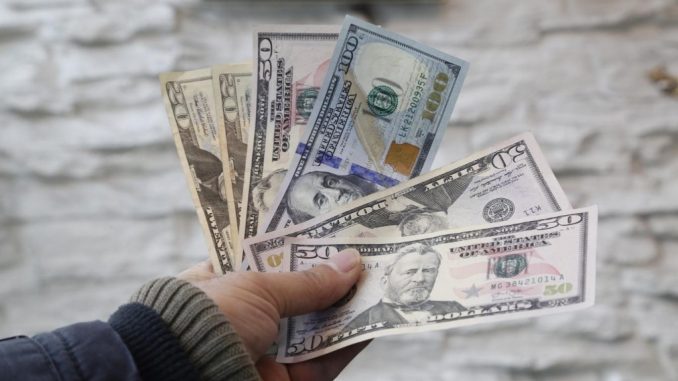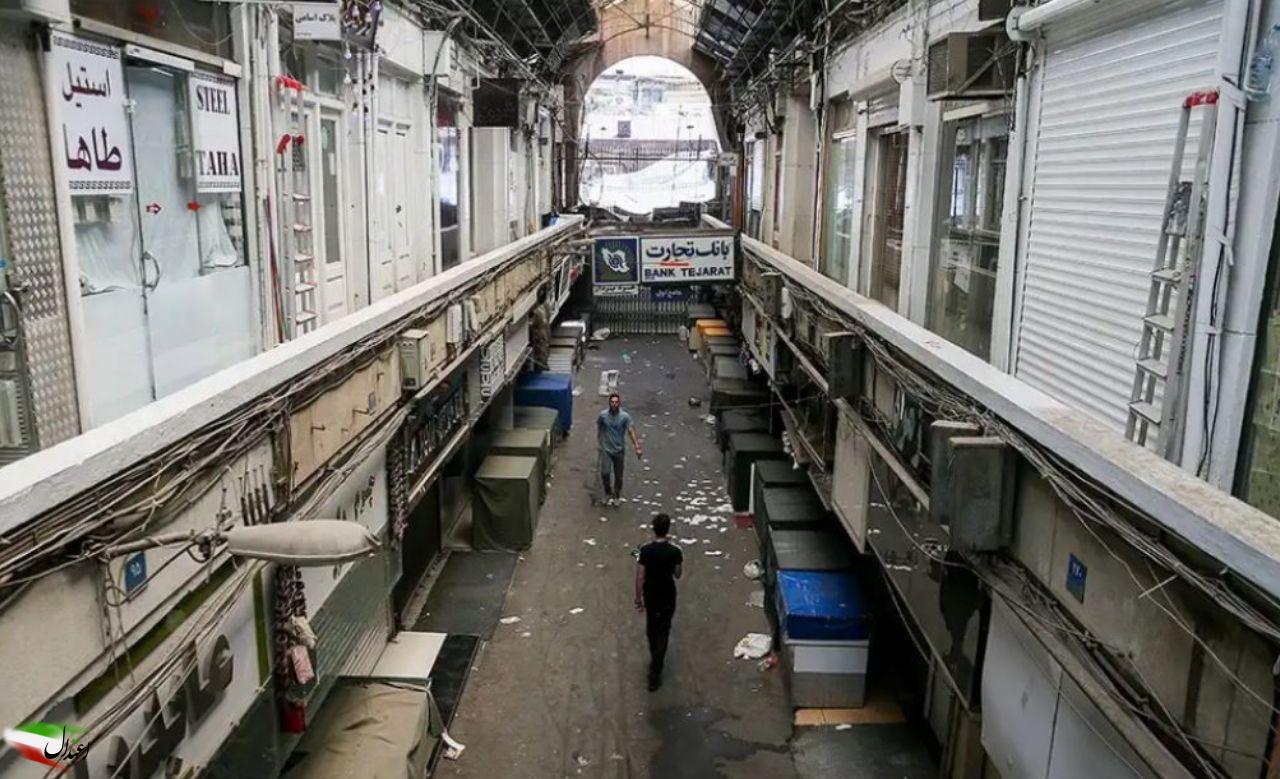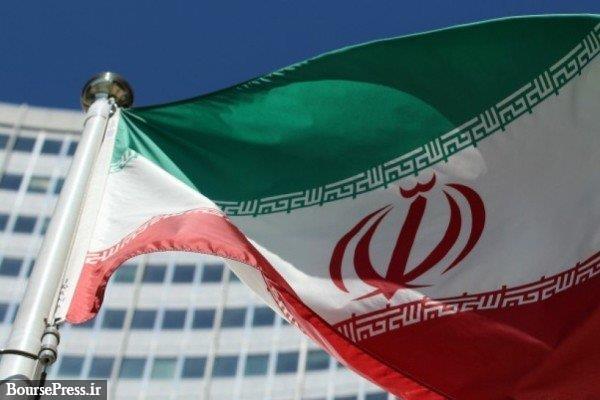
In Iran we have plenty of certain things:
- Plenty of oil and gas: 9.5% of the world’s oil (which we currently cannot sell outside) and 17% of the global natural gas reserves.
- Producing over 350 tones, Iran provides 94% of the world’s saffron. (However, we also consume most of it and leave very little for others!)
- According to FAO, Iran ranks 1st in the world in the production of pomegranates, 2nd in dates, 3rd in figs, 3rd in cherries, 7th in grapes as well as oranges.
- We also have plenty of “exchange rates”!
Multiple exchange rates regime seems to be quite common particularly among Middle Eastern countries. There was a time when the Iranian economy had only dual exchange rates, but that became too boring. We were also scared that some rivals may catch us, so we added to our rates.
The Central Bank of Iran (CBI) states the exchange rate at 42,000 rials for one USD, assigned only to essential goods, like certain medicines.
Then, we have NIMA exchange rate, used by exporters and approved-importers, at about 175,000 rials for 1 USD.
Then there is SANA rate (used by exchange offices): 222,000 rials for $1. This rate is supposed to be available to anyone.
Eventually, there is the “personalized exchange rate”, or real market exchange rate. That is when you dramatically need to buy or sell some foreign cash, and this rate is almost determined by the person who agrees to exchange it for you. It certainly will be beyond 230,000 rials for 1 USD.
“Now there is almost no demand for foreign cash”, says Mehdi, 53, a seller of home-appliance in downtown Tehran. “The government has banned the import of several goods; therefore, no-one needs much of foreign currency. Coronavirus outbreak has slowed down the activities of several businesses. Otherwise, if there was demand for dollar, the exchange rate would have passed 500,000 rials by now!”
True, currently no-one is travelling neither for tourism nor for business purposes and therefore the demand for foreign cash is at its lowest.
Shortage or no shortage in foreign cash?
As the government cannot export petroleum, it is facing a shortage in foreign cash. But it does not admit the cause. Instead, it blames the Iranian exporters who do not return the money they have earned abroad.
President Rohani says that in the past Iranian fiscal year, 1398 (March 2019-2020), 20 billion euro of goods have been exported but their foreign currency has not been returned to the country. “This year, we expect our non-oil export to reach €41 billion. If all the exporters would bring their money back, we will have enough foreign cash”, states the President.
But exporters see it in a different way: the government forces them to sell their foreign cash at NIMA exchange rate. While if they were able to sell it at the market rate, they could have earned nearly 50,000 rials more for each dollar.
In 1000 dollars, it would be 50 million rials.
In 10,000 dollars, it is 500 million rials.
In 20 billion dollars, the difference is 1,000,000,000,000,000 rials.
Exporters must pay the difference in multiple exchange rates?
According to the CEO of Export Guarantee Fund of Iran, Afruz Bahrami, there are 10,000 active exporters in Iran: “Out of which 80 companies annualy export more than 100 million dollars. 400 companies have annual export of more than $10 million. Also, 90% of the country’s export is done by these 480 companies”.
Considering Iran’s dependencies on oil production and export, it is easy to guess that most of these big exporters belong to the petrochemical industry and related fields. On the other hand, in this sector, biggest players are either state-owned or quasi-state-owned.
Recently to compensate some of the budget deficit, the government is releasing its shares at these companies in the stock exchange. That is one of the main drivers of the flourishing and super-lucrative stock market, despite the rotten economy we have.
Pulling out from these companies, the government seems more determined to force the exporters to return their income overseas. “The exporters who refuse to return their foreign income, will not receive any service from the local operating authorities, banks and exchange offices”, says the latest announcement of the Central Bank.
Most probably it will change very little, but we have to wait and see.




Be the first to comment